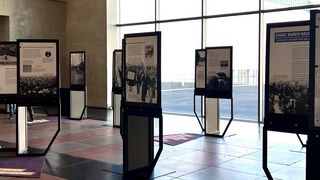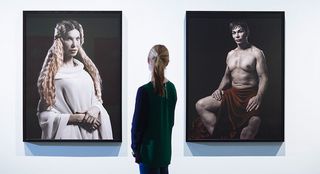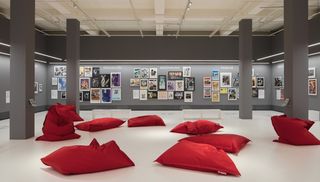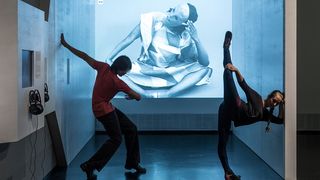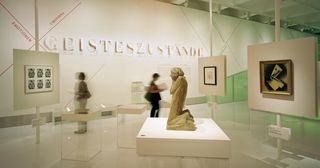11 October 2014 to 28 June 2015
ROLL UP, ROLL UP ! AN ANATOMICAL WAXWORK CABINET MEETS ART
An exhibition by the Deutsches Hygiene-Museum
The starting point – and focal point – of the current special exhibition was a historical anatomical waxwork cabinet which was originally created, for the most part, in Dresden around 1900. To illustrate not just the historical aspect, but also the topicality of the issues associated with the collection, the waxworks were contrasted with works by leading artists of the more recent past which also focus on the human body.
The relationships between observer and exhibit that inform and guide our knowledge and cognition were showcased at different levels in the works of, among many others, Louise Bourgeois, Alexandra Bircken, Marcel Duchamp, Max Ernst, Robert Gober, Damien Hirst, Mike Kelley, Zoë Leonard, Paul McCarthy, Steve McQueen, Bruce Nauman, Pipilotti Rist, Pia Stadtbäumer, Paul Thek, and Luc Tuymans.
TRAILER (in German)




![Happiness! Sonderausstellung in der Deutschen Hygiene -Museum D /© Anja Schneider (Anja Schneider (Photographer) - [None] Vier Besucher:innen, zwei junge Frauen, ein junger Mann und eine ältere Frau, tanzen in einem kleinen Raum unter einer Diskokugel.](/fileadmin/_processed_/3/f/csm_DSC_1682-2_b28c20b7c5.jpg)



